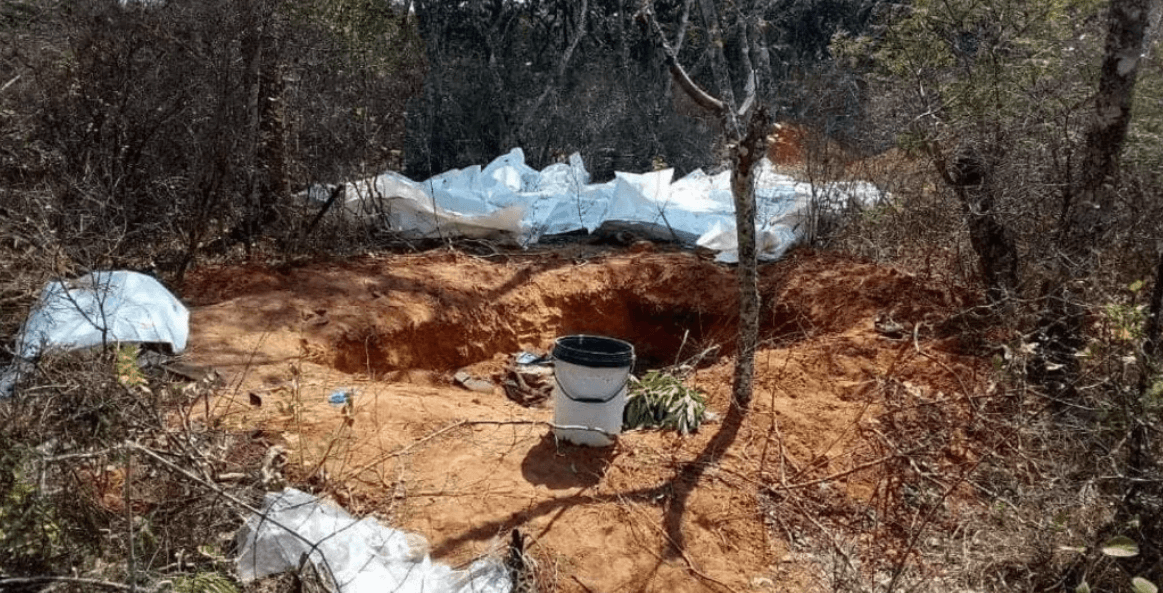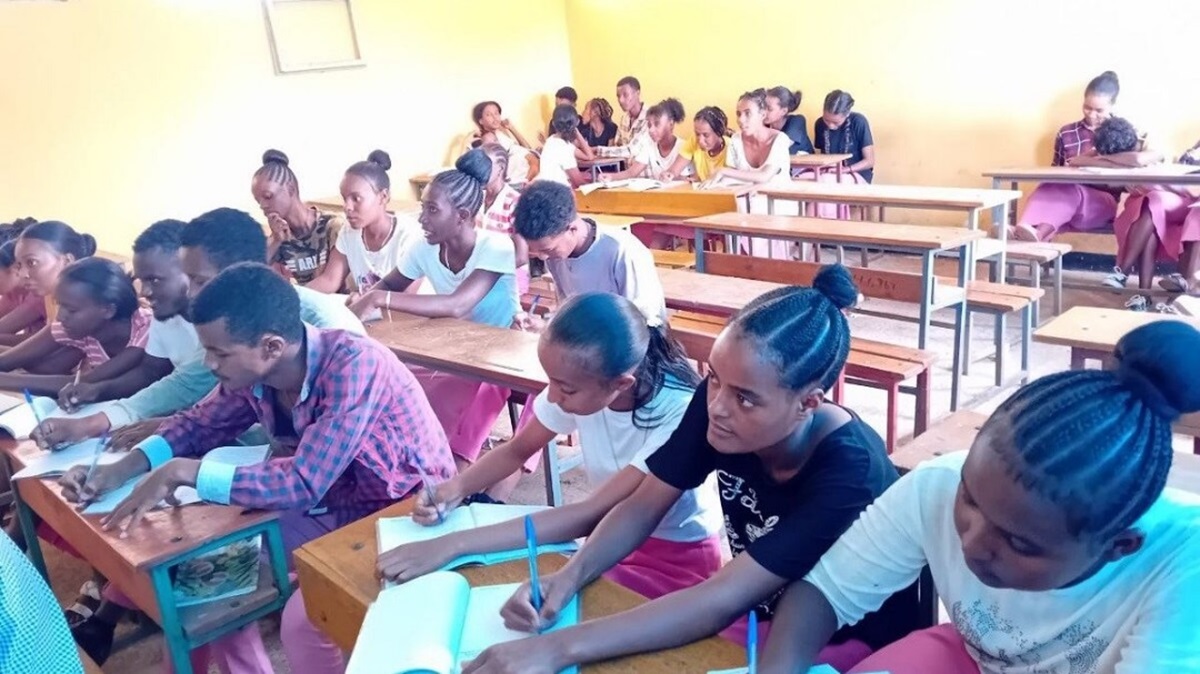Analysis: Does it matter to know the “square one’’ of SARS-CoV-2 spillover?

By. Zelalem H. Mekuria & Filimon M. Haile
Addis Abeba, June 01/2020 – Unprecedented in the history of mankind, the natural course of COVID-19 pandemic is being documented in real-time and that is not without its challenges. The constant barrage of misleading contents on social media and increasing tendencies of science articles making a narrow and singular interpretation of broad results created roller-coaster ride full of uncertainties and speculations. Some of the confusions are purposely implanted into the public sphere, while, some-others born out of genuine misconceptions.
Pandemics nurture an environment surrounded by confusion and unclarities, particularly when it is driven by a novel agent like SARS-COV-2 (the causative agent of the disease COVID19). By the time SARS-CoV-2 was first recognized in China, much of the explanation forwarded was based on a previous experience, mainly from what we knew of the SARS virus twenty years ago. Such an approach of forming analogies to a related virus is a normative process in science however, in the speed of pandemic, the analysis given from learnt assumption can easily change into an erroneous claim.
Early days, early mistakes
Those of us who followed the outbreak from the start remember the rushed articles with big titles publishing misleading result from preliminary data. In this regard, the claim that SARS-CoV-2 to have a shared genetics backbone with HIV (through a process called genetic recombination), and the attribution of a snake as a source and origin of the COVID19 infection worth the mentions. The HIV story was quickly retracted, once the faulty methodology was spotted out by so many. The snake story relatively got broad spun and became at the center of public discourse for some-time, however, strong rebuttal showed the lack of scientific support to the claim. These were two good examples of how initial analysis with limited data can off track scientific stories, and on the contrary, also showed how better data can prompt corrective actions against misleading once. However, the most challenging aspect of the COVID19 pandemic has been tackling the conspiracy theories and the misinformation on the origin of SARS-CoV-2.
Give me the source and the origin
It was a fact that the wet market in Wuhan, China, was the epicenter of the infection, and until very recently it was conceived as the square one to where it all began. However, recent reports showed that community-level spread in the city might have already occurred as early as the first week of January 2020. If so, the initial virus spillover might have been taken place elsewhere, and given the nature of live animal markets where people travel to farms and bushes to bring products, virus spillover can be reasonably accounted anywhere in the route. However, the accurate pinning of a single location without jitters may be practically unachievable.
Finding ground-zero in new outbreaks situations like COVID19 has importance in several aspects. First and for most, knowing the first case can inform the scientists with a clue as to where the infection came from and whether exposure involves an intermediate animal-host providing the theory a much-needed epidemiologic context. Identifying the origin of the virus itself has been an equally controversial topic as pinpointing the initial place of SARS-CoV-2 spillover. The current scientific consensus focuses on the natural transmission of the virus to humans, most likely from a bat or through an unknown intermediate animal-host in a single spillover event that occurred between October- November 2019. However, there are still theories claiming SARS-COV-2 is an engineered bioweapon, this rumor probably started based on the presence of a BSL-4 facility (laboratory with the highest level of biocontainment) in Wuhan located at a fair distance from the wet market. The claim of a “laboratory virus” so far lacks any substantiating evidence, however, many have inclined to consider it out of desperation. The misconception starts by assuming the emergence of SARS-CoV-2 is an isolated incident. This surely lacks scientific insight, as crossovers of infectious organisms in and among different ecological players is a much common phenomenon that doesn’t require stretches of justification to bioengineering.
Viruses are ubiquitous; the more we investigate mother nature, the more we understand their rich presence. Many studies performed in the past ten years have shown every mammal and invertebrate species sampled and analyzed harbors some kind of RNA virus. Likewise, diverse species of coronaviruses have been found in wild and domestic animals. In fact, not too long ago, surveillance efforts have uncovered bat coronavirus colonies that can infect human cells in laboratory conditions, hinting the inevitable emergence, while other studies in China documented the circulation of bat coronavirus antibodies in human populations indicating frequent exposure to these viruses without developing signs of illness. What all these pieces of evidences is pointing, the source of the current SARS-CoV-2 pandemics is most likely to be a natural zoonotic transfer of an infectious organism from a wildlife source.
An additional layer of evidence and perhaps a more ascertaining one came from the study of coronavirus genomes. In the last five months alone, scientists have examined thousands of SARS-COV-2 genetic material including the index case from Wuhan, and have found none of the artificial bioengineering signatures which include the absence of a genetic backbone used to generate an infective strain of the virus. And more so, the phylogenomic evidence (a method that shows the evolutionary relationship between organisms from genomic data) indicates the relationship of SARS-CoV-2 with bat SARS virus in the Sarbeco sub-group, especially to a strain called RatG13 (coronavirus isolated from horseshoe bat), having 96.3% identical genetic codes (sequences) across the 29,000 bases in the genome.
Mutations, mutations, mutations
More recently, another area of science-driven debate and confusion in the public sphere has been the notion that SARS-CoV-2 is mutating/changing to become a virus difficult to contain with vaccines. Given what we know for SARS-CoV-2, it is very premature to suggest mutation/ changes observed so far to be good enough to curtails the efficacy of yet an upcoming vaccine. Here, it is important to underscore mutations are frequent occurrences in RNA virus genomes like SARS-CoV-2. The occurrence is mainly attributed to the error-prone nature (lack of fidelity in the proof-reading capacity) of RNA viruses while copying their genetic material inside an infected cell. We know very well, in large part, viral mutations don’t confer any particular advantages or disadvantages to the descendant viruses. However, rarely, random mutations can arise and alter the biological property (phenotype) of a virus, and in some cases, these mutations with the support of natural selection (an environmental condition/factor that advantages or disadvantages particular changes) can become a dominant circulating virus type.
Surely and evidently SARS-CoV-2 is spreading with far less difficulty through human populations which is largely attributed to the compositions of its genetic makeup. As an example, the genomic analyses suggest that mutations (changes) around the receptor-binding domain, RBD (area in the virus which binds to the human cells for entry) occurred probably pre-or immediately post spill-over enhancing the viruses’ ability to move from one human cell to another. These changes are mapped as early as the index genome from China, indicating the currently circulating virus might have the ability to cause this pandemic from the outset. In fact, what an examination of more than ten thousand genomes globally revealed is mutations at SARS-CoV-2 genomes are occurring at a similar pace with other large RNA viruses with no evidence of significant changes in region of the virus particularly pertinent to vaccine development or influencing pathogenic adaptation. Despite that, few articles echoed the rise of new genotypes with defined lethality and biological property without providing enough evidence. What is particularly missed in those studies were laboratory finding that demonstrate a change in the biological properties matching the genome-based analyses. So far, such evidence is yet to come, and in the meantime, many have spotted a loosen interpretation of the phylogenomic results in these articles while making such big claims.
In summary, the COVID19 pandemic has brought many challenges, and many lessons and most agree the conventional ways we perceive infectious agents broadly as a problem of the developing world has to change fundamentally. SARS-CoV-2 has already redefined the scope of existing health response systems, and the new motto is a viral threat anywhere is a threat elsewhere, hence a proactive preparation which involves rigorous surveillance of RNA viruses at the human, animal, and environmental interfaces and investments towards strategies/technologies to develop quick and efficacious next-generation vaccines and therapeutics should be at the center of global health priorities. It is extremely important to underline that by many counts, SARS-CoV-2 is a milder and less contagious than virus X, which out there and waiting for the right scenario to spillover to humans and cause pandemic, the extent of it is unseen in our collective history. AS
________________________________________//_____________________________________
Editor’s Note:
- Zelalem H. Mekuria, DVM, PhD – Virologist and Associate Director of Laboratory Activities, Global One Health Initiative (GOHi), The Ohio State University, can be reached at mekuria.3@osu.edu
- Filmon M. Haile, DVM, PhD – Veterinary, Laboratory and One Health Expert, at the Public Health Surveillance Group (PHSG). He can be reached at filimon@publichealthsurveillance.com








